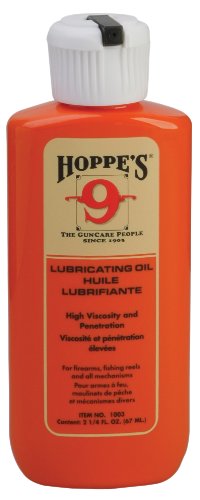
CC image from Flickr
In a recent Wall Street Journal article, Jim Sterba, author of “Nature Wars: The Incredible Story of How Wildlife Comebacks Turned Backyards Into Battlegrounds,” placed a pretty good question to the public: “What explains the fact that we have a glut of white-tailed deer in this country, yet an estimated 85% of the venison sold in restaurants and at meat counters is imported from farms in New Zealand?”
I think most of us understand the North American Model of Wildlife Conservation and how it shaped the state of conservation in America. If it weren’t for the foresight of a select group of conservationists banning the sale of free-ranging game for meat, the modern face of hunting would be much different, if there were any game to hunt at all.
But let’s consider the whitetail deer. Little more than 100 years ago there weren’t much more than 300,000 left in the wild. Today there is probably 30 million, many of which are considered nuisance animals to suburban city managers, residents and the thousands up thousands of motorists who are unfortunate to meet one on America’s roadways. It’s safe to say, the whitetail population is not only back, it’s back in a big way. Too big for some people.
So, what’s wrong with opening up the sale of game meat, with some tightly controlled regulations of course? It works in other countries, most notably South Africa where even hunter-killed free-range game animals are often sold at market by the landowners. It’s big business there, and it could be big business here. Of course, it could also spell disaster.
Among the pitfalls of adding a dollar value to deer is the threat of increased poaching. Just take a look at the headlines as giant bucks get picked off with ever-increasing frequency each fall. It’s not a stretch to see the same thing happen to does if you start hanging virtual price tags from their ears. Still, there’s little threat that whitetails will ever go the way of the passenger pigeon, which was gunned to extinction by market hunters in the early part of the last century. Any plans for commercial harvest would be tightly regulated, utilizing specially licensed shooters to cull populations of problem deer. As Sterba points out in his article, this wouldn’t be the end-all to over-population and wouldn’t replace hunting as a means to manage deer herds, but it would give wildlife biologists another tool to manage herds, particularly in problem areas.
On my recent alligator hunt in Florida, my guides were two government-contracted alligator control specialists who annually remove more than 400 problem gators from people’s backyards and swimming pools. As part of the deal with the state, they are allowed to sell the meat from any alligator they catch. So what makes problem deer any different?
This is a controversial subject, so let’s go back to my original question and take a poll:
Source: http://www.fieldandstream.com/blogs/wild-chef/2013/10/should-we-start-selling-deer-meat







